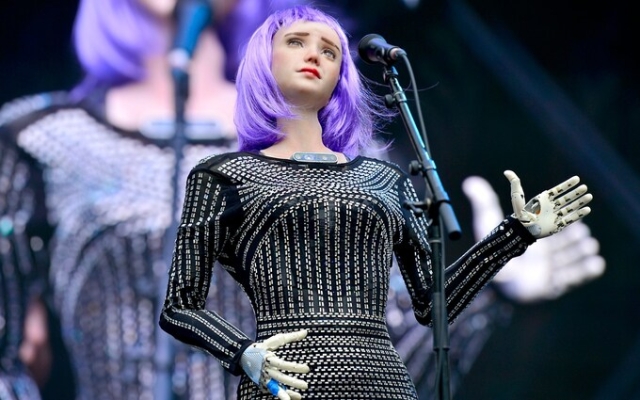 Robot Desdemona performed with the Jam Galaxy Band last year. Photo: Jerod Harris/Getty Images for NAMM
Robot Desdemona performed with the Jam Galaxy Band last year. Photo: Jerod Harris/Getty Images for NAMM
Ernest Hemingway couldn't speak Chinese in real life. But thanks to AI, he can die.
Creative agency Wunderman Thompson worked with Penguin Random House this year to bring the Nobel Prize winner back from the grave so he could read his own audiobooks and go on book tours. They used samples collected from his speeches and interviews to create a library of his voice before advanced AI analyzed his unique speech patterns, characteristics and tone. The algorithms were able to successfully translate its rhythms into Chinese. With generative AI, any language is possible, and the company plans to add more over time.
While the threat of automation sparked a writers' strike that brought Hollywood to a standstill, many creatives are discovering the potential benefits that AI can bring to their art. Take pop music. Desdemona is the lead singer with purple hair, a metallic dress, soulful brown eyes and cutting-edge lyrics. She is also a robot whose spoken poetry and singing are synthesized by a computer and with which the human band members can riff.
“We found that the poetry that the AI produced actually inspired different kinds of music,” says its creator, Dr. Ben Goertzel. And, turning the idea of people giving hints to chatbots around: «We're working on one song where an AI generates hints for human musicians.»
In the literature, research published today by Swansea University found that most people surveyed were more moved by poetry—a haiku advocating action against climate change—written by an algorithm than by a human (though they changed their preference when they discovered its true authorship).
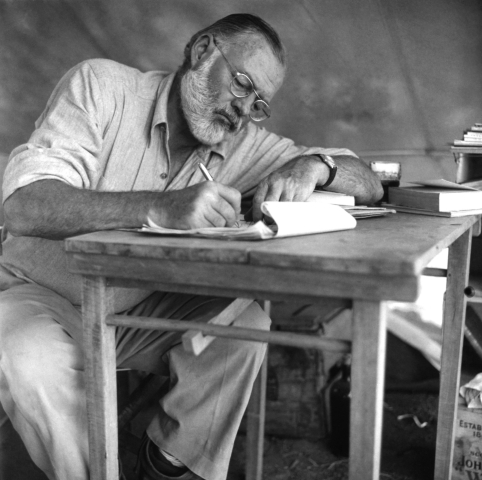 The voice of the late American writer Ernest Hemingway can be recreated for audiobook readings of his novels. Photo: Earl Theisen/Getty Images
The voice of the late American writer Ernest Hemingway can be recreated for audiobook readings of his novels. Photo: Earl Theisen/Getty Images
Meanwhile in film, British motion-capture specialists Vicon are using artificial intelligence to make acting feel more human, allowing visual effects to be used without the bulky ballpoint markers that usually adorn actors' costumes (in King Kong, Andy Serkis wore 132 of them on his face alone and centuries). Instead, computers do all the work, allowing actors to be in costume and directors to focus on the story.
And while deepfakes used in the political arena pose a potential threat to democracy, in Hollywood, they were used in the latest film » Indiana Jones» to make Harrison Ford more than 40 years younger.
The main fear is that big tech companies will wield an ever-increasing amount of control over our daily lives—and over the companies' profits. But Canadian independent filmmaker Arun Fryer is excited about the opportunities to democratize once-exorbitant visual effects for smaller productions and provide assistance all the way from concept to marketing.
Older Harrison Ford in Indiana Jones and the Dial of Doom Photo: Lucasfilm Ltd.
Fryer, who is also a faculty member at the Vancouver Film School in Canada, has seen how artificial intelligence tools such as Cinelytic and Largo can predict a film's potential for success based on metrics such as script, cast and director, with an estimated success rate of over 80 percent.
“AI can help reduce the financial risk typically associated with the film business,” he says. “Largo can digest your script and pick it apart in every emotional way, and he'll tell you what's not working and start suggesting what kind of casting would be good for the characters.”
“It's a great way to approach investors and sponsors for the implementation of your projects.» On whether such formulas could make films more generic, he says, “We seem to be doing a pretty good job of that already.”
However, the copyright implications of this remain murkier. In the US and UK, only works of «human authorship» can currently be protected. The US Copyright Office recently stated that it will only cover AI results if a person subsequently selects or arranges the material in a creative manner.
<р>In the meantime, Fryer wants to see more transparency from the studios. “There should be some kind of disclaimer, perhaps in the end credits, such as a copyright symbol, to let the audience know that it was created by artificial intelligence.”
Risks associated with artificial intelligence to date time are well studied. created – and potentially important for the creative industries and the ability of individual artists to make a living. Those who advocate the technology's visionary capabilities have a much more difficult task ahead of them, at least until we witness the first great scenario or symphony of artificial intelligence.
However, Daniel Birnbaum Headed by the Royal College of Art at a cost of £3,200, the five-day course in virtual and augmented reality and artificial intelligence is inspiring in its capabilities. “It seems like once or twice a century something happens that changes things.
Photography changed not only the way art could be disseminated, but also the ontology of what a work of art could be. Now it is similar to when the video camera or even moving film appeared. This is a transformation of this magnitude.”


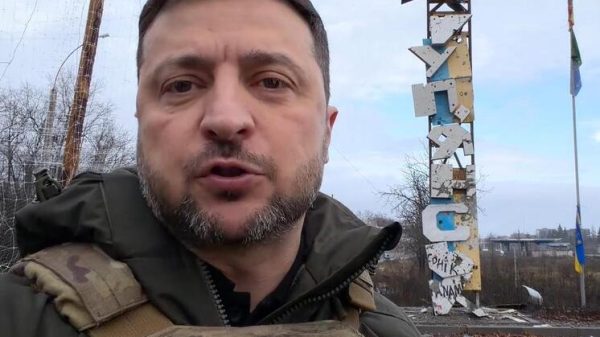




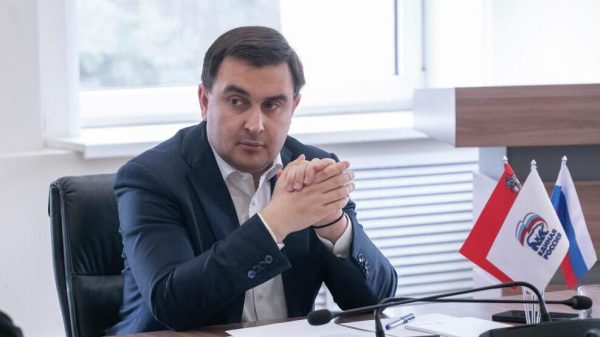


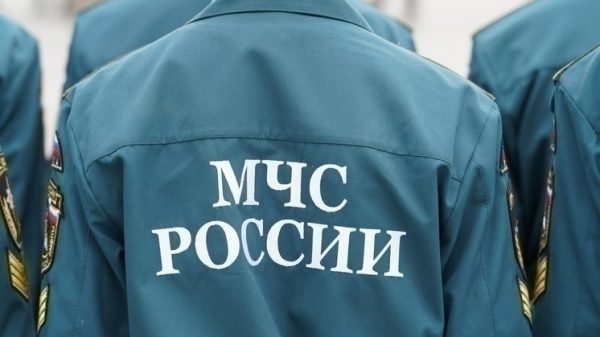

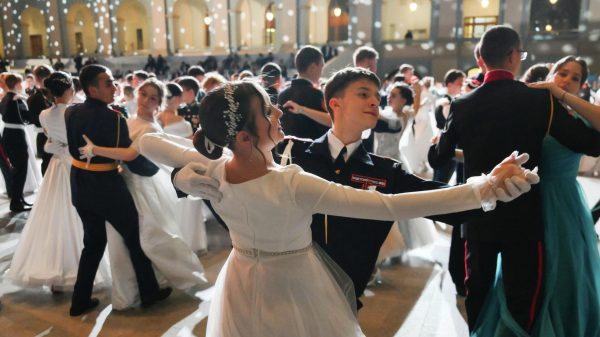
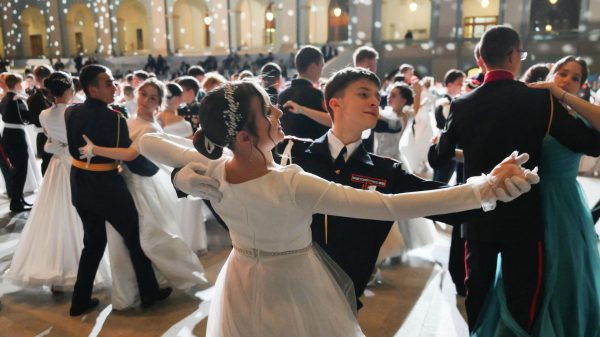
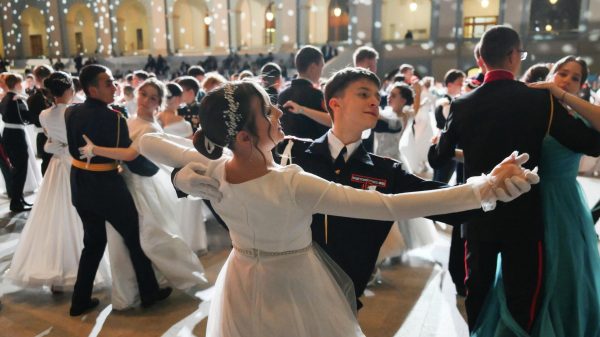
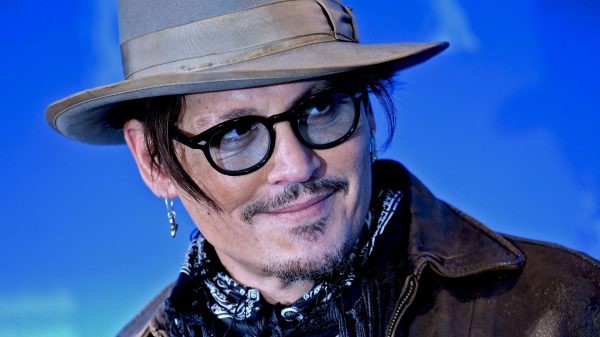
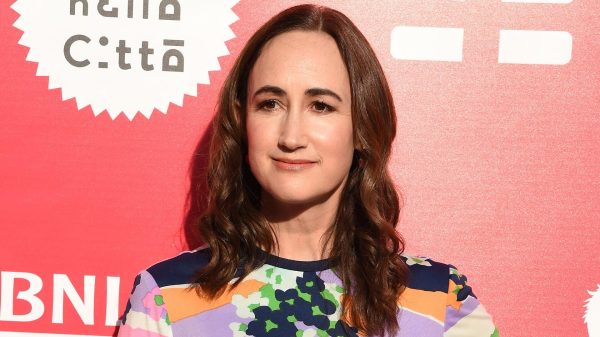

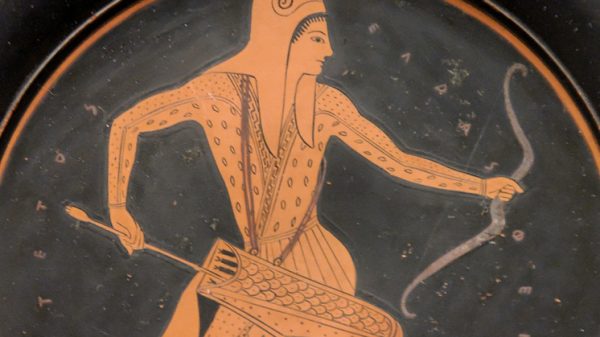
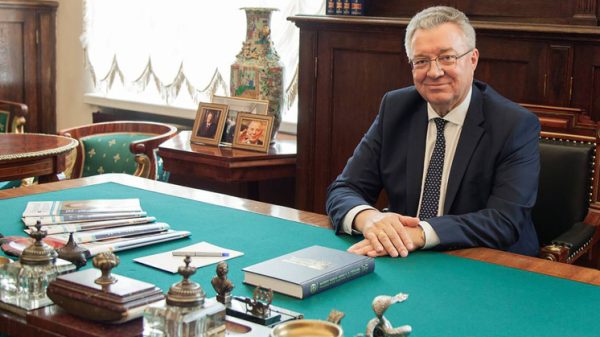
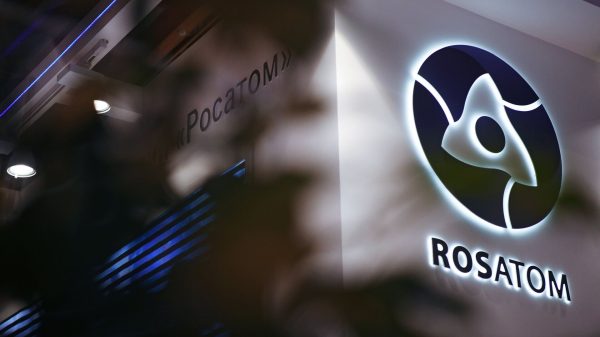
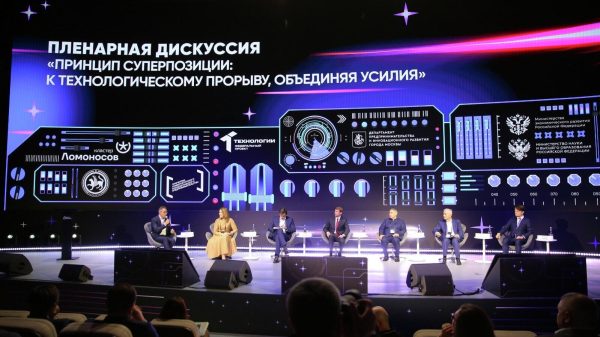






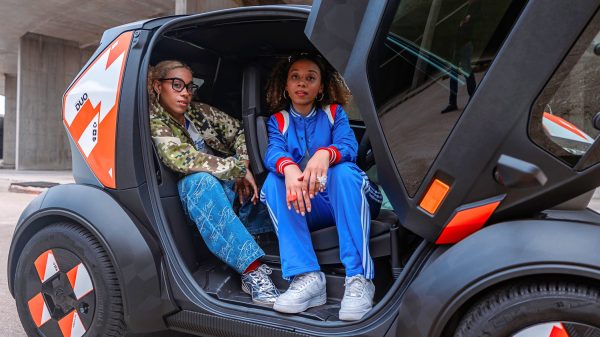

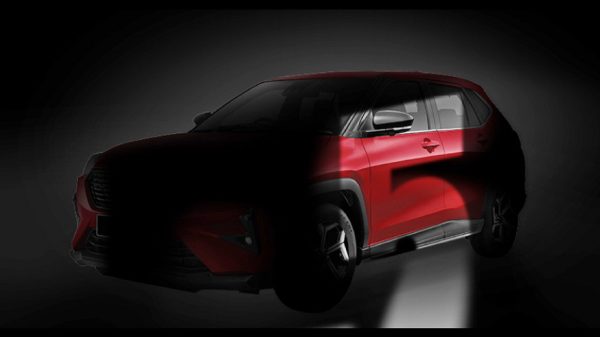






















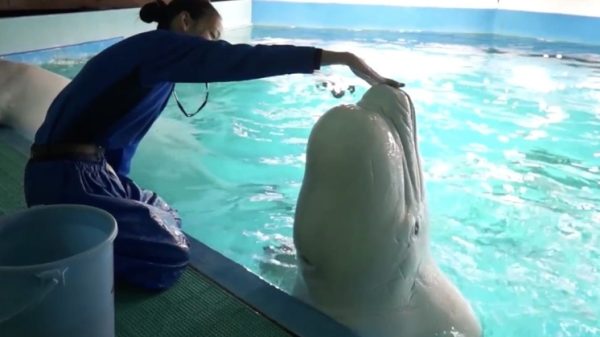

Свежие комментарии